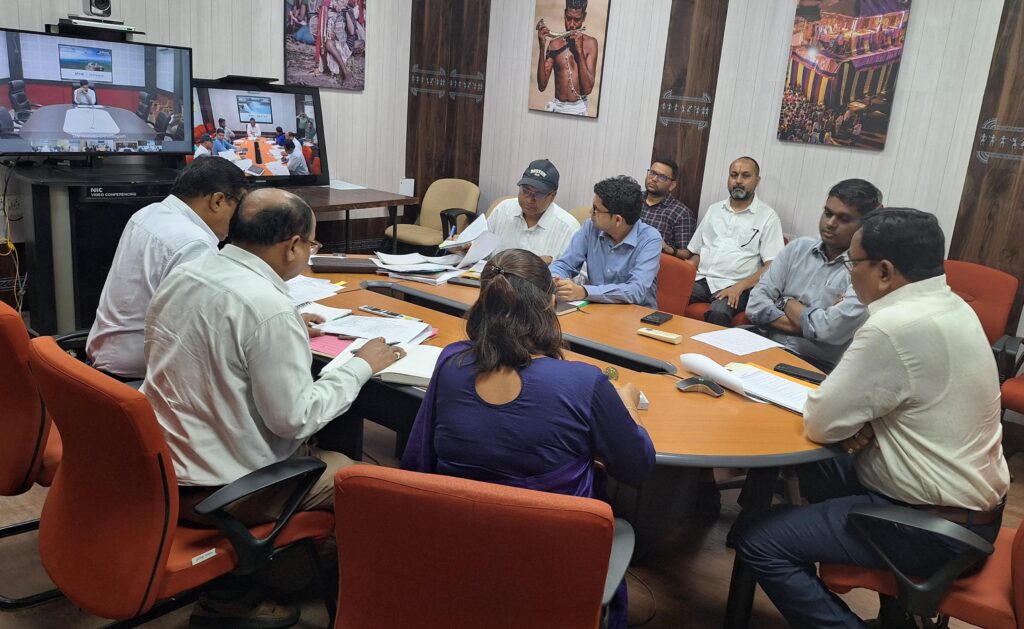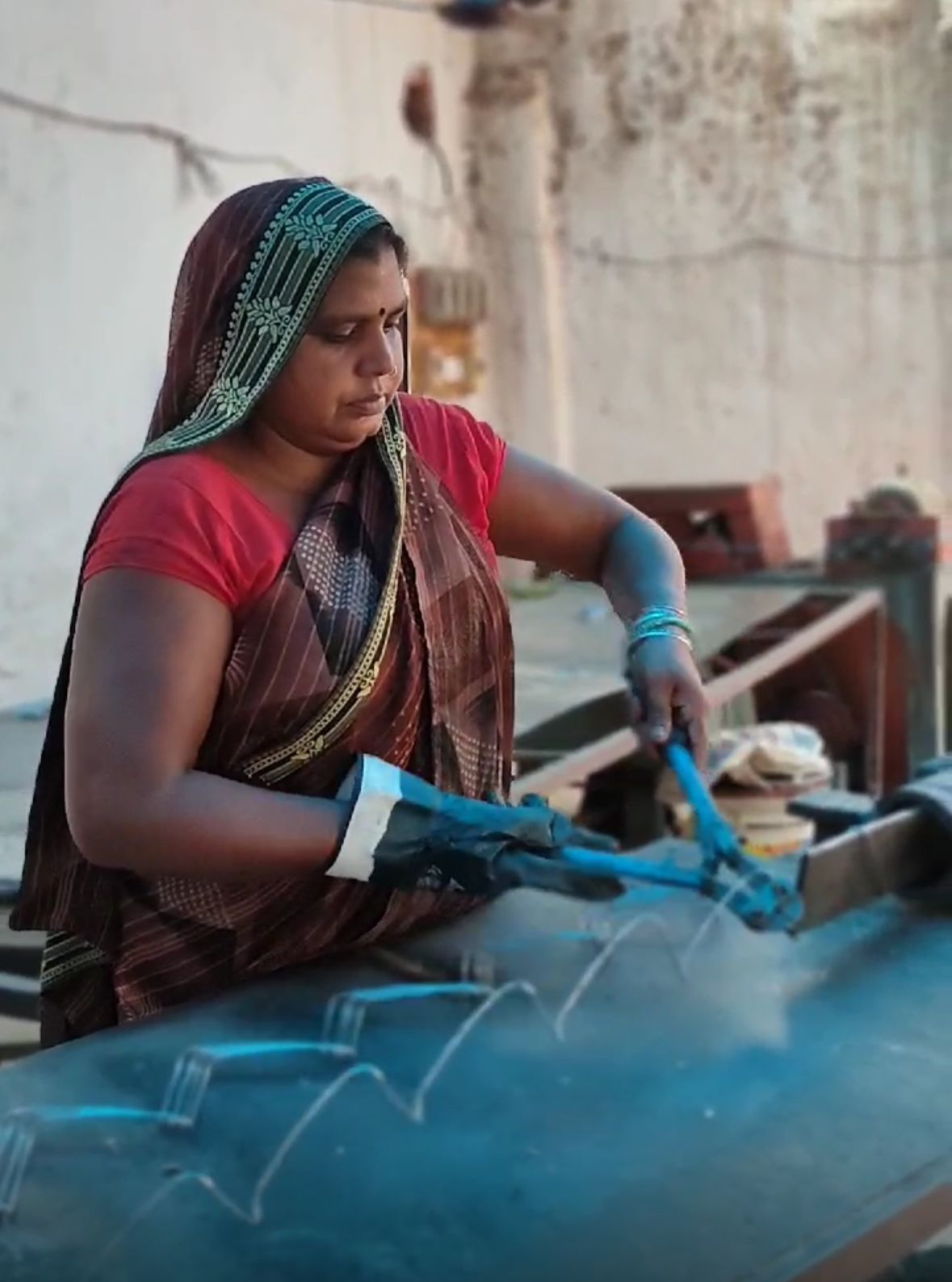In a proactive effort to address the ongoing issues surrounding stray and wandering animals in rural India, Commissioner Doman Singh led a video conference to evaluate and enhance animal control measures across various districts. Stray animals, often left to roam after crop harvesting, can lead to road accidents, property damage, and even crop destruction, posing significant challenges to communities. In response, Singh reviewed current actions and set forth guidelines to improve safety, strengthen animal control, and foster community collaboration.
Key Measures to Address Stray Animal Challenges

The meeting focused on several initiatives to regulate stray animals more effectively and prevent potential hazards. Singh’s instructions covered several key areas:
- Identifying and Tagging Stray Animals:
Authorities have identified high-risk areas where stray animals are most often encountered. Many of these animals have been fitted with reflective tags to enhance visibility, especially near roadways, reducing the likelihood of vehicle accidents at night. - Community Education and Owner Accountability:
Local leaders have created committees dedicated to educating animal owners on the importance of responsible ownership and adherence to stray animal guidelines. Public awareness campaigns are underway, encouraging animal owners to actively manage and secure their animals. Penalties for negligence have also been implemented, with fines collected from owners who fail to adhere to animal control regulations. - Safe Holding Facilities (Kanjihouses) and Animal Shelters:
Districts have established multiple holding areas, known locally as “kanjihouses,” to temporarily house stray animals until they can be safely returned or relocated. Additionally, Singh emphasized the need for increased capacity at shelters to accommodate more animals in rural and urban zones. - Infrastructure Enhancements for Animal Safety:
As part of a broader safety initiative, officials have planned to install adequate lighting and construct fencing around areas where animals commonly graze. Dedicated veterinary services will also be available to monitor the health of stray animals, ensuring humane treatment and addressing potential health risks. - Incentives for High-Performing Districts:
Singh encouraged the recognition and rewarding of districts that demonstrate effective animal control practices. This includes partnerships with local animal shelters, government agencies, and private organizations to create sustainable solutions for animal management.
Preparing for Seasonal Influx and Long-Term Solutions

One of the biggest challenges is the seasonal influx of animals left to graze after harvest. Singh directed each district to establish preventative measures for this period, including regular checkpoints and increased monitoring. Furthermore, initiatives like the expansion of “cow catchers” (vehicles designed to capture and relocate animals) and collaboration with traffic authorities are in place to identify accident-prone zones and improve road safety.
Recognizing the Power of Community Support
Commissioner Singh emphasized the importance of local engagement. He encouraged officials to work closely with private organizations and NGOs, proposing a collaborative approach that benefits both the community and animal welfare. He also highlighted the ongoing “Bastar Olympics,” an event aimed at bringing together locals in rural sports, with the additional goal of fostering community involvement in local initiatives.
A Path to Safer and Healthier Communities
Through these efforts, rural districts in India are making significant strides in stray animal management, improving road safety, and empowering communities to take part in lasting solutions. By providing resources and encouraging accountability, this initiative highlights the importance of sustainable and humane animal control.
Stay informed about India’s progressive community programs! Subscribe to our blog for more inspiring stories about public safety and sustainable development across the globe. Join the conversation on responsible animal management and community engagement.







Leave a Reply